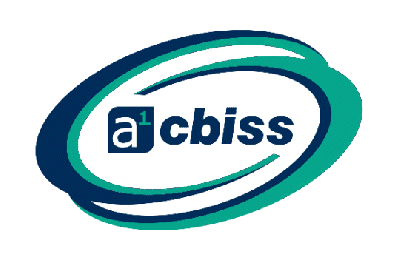What do you look for when searching to buy gas detection equipment?
Gas detector, gas monitor, gas analyser or sometimes we even hear gas tester, however, there are many terms used to identify gas detection equipment. No matter what the confusion is, a1-cbiss can help.
Whether it is uncertainty of what is needed, you could be ordering equipment on behalf of someone else, you may be struggling to find support tools to make product comparisons, don’t worry, the a1-cbiss gas detection specialists are available to help make recommendations.
When selecting gas detection equipment, it is important to think about the following:
- Which gas hazards are present and need to be detected
- Is the monitoring equipment required to continuously monitor gas or used for spot sampling
- Whether the gas detection equipment for the protection of a person, a team of people or protection of the plant
- Is there a requirement for fixed or portable gas detection equipment
- Conditions of the application – dark, wet, loud, confined space etc
- Which level of gas is present – ppb, ppm, %
- What do you want the equipment to do? – alarm, datalog, communicate to a control system
a1-cbiss have over 25 years of experience of supplying gas monitoring systems into hazardous applications in industrial markets.
At a1-cbiss we have gas detection specialists on hand to answer your technical queries. We have a team available to take your call over the phone, have dialogue via email or if you wish to talk face to face, we can organise for a specialist to visit your site.
Because of the structure that we have in place at a1-cbiss, we are able to send a gas detection specialist to visit your site to conduct a site survey. Clients will feel the benefit of a site survey because the gas detection specialist carrying out the survey is able to fully visualise the scale of the site and locate where gas detection is required.
The gas detection specialist can also discuss the gas detection requirements with the client to specify what is needed with regard to gas sensor positioning, installation costs, ongoing service and calibration requirements and therefore price up the job accurately.




